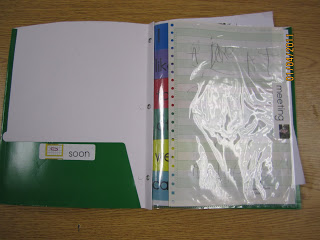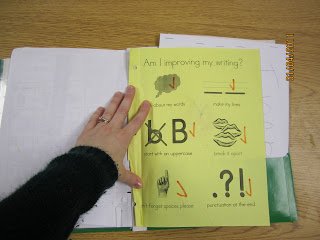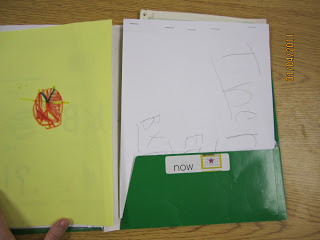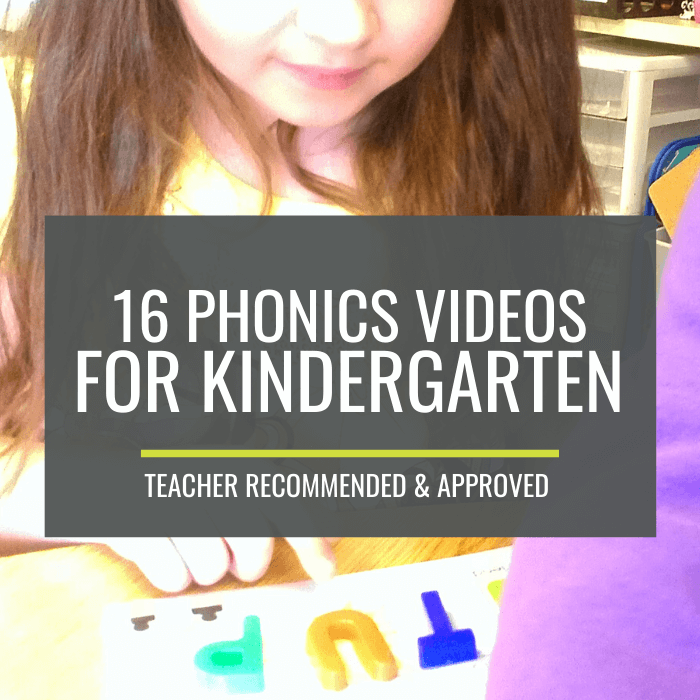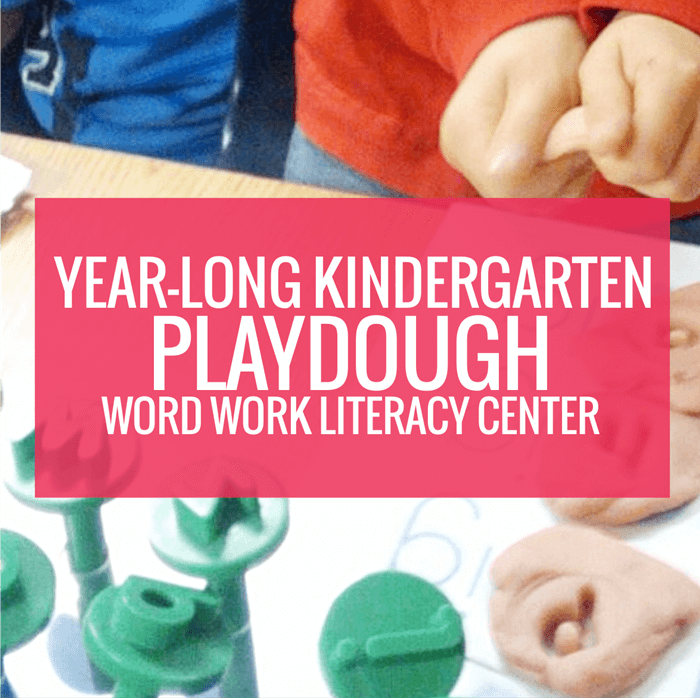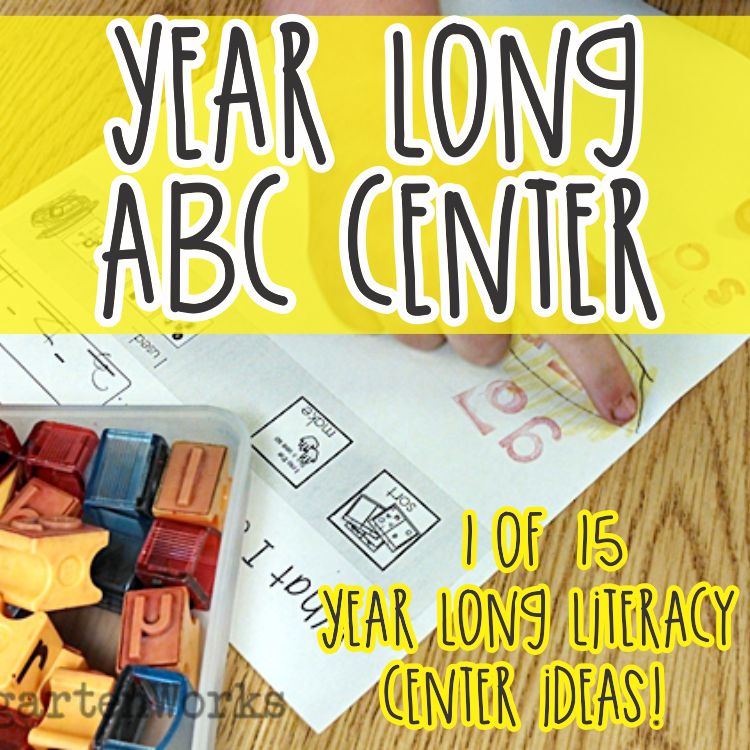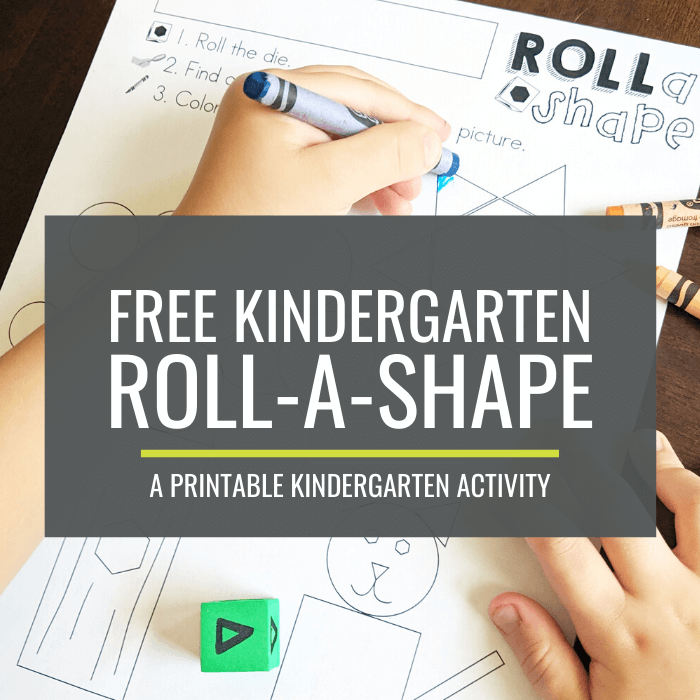How to Make a Writer’s Workshop Folder in Kindergarten
When it comes to keeping writing pieces organized in kindergarten, simplicity is key. I’ve done different ways to keep writing organized over the years and a folder is one of the easiest options to use.
Here’s how to make a writer’s workshop folder for kindergarten.
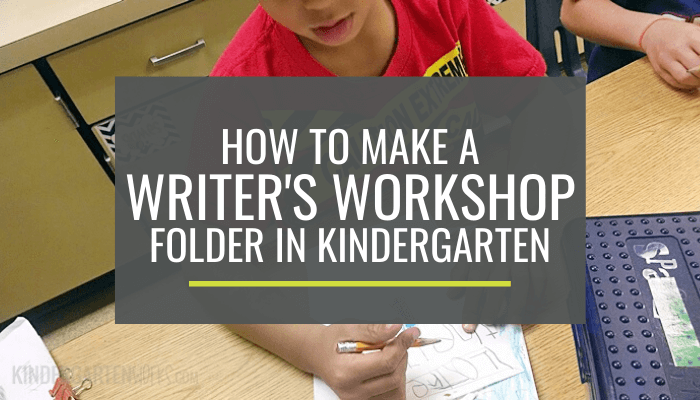
In our classroom, we call our writing time – author writing time. Because that’s what I believe we are – authors.
And, in kindergarten, we are the illustrators too.
We listen to lots of books read aloud, break down how stories are formed, how to make endings and learn about different types of illustrations. All of this inspiration means we end up writing a lot!
Why a Writing Folder
Our system for keeping our writing pieces organized means it may have to hold a lot.
A simple folder is one of the easiest systems I have used to help students keep track of their work.
But I’ll also share an even simpler idea below too.
There are generally two kinds of books students are keeping track of:
- current books
- completed books or abandoning books
A folder with pockets works for organizing those books and you can use the middle brads to hold a few extra things.
Let me explain.
Our Writing Folder
A folder with deep pockets in the front and back cover, as opposed to shallow ones, will work best. Books can get heavy or floppy so this helps them stay in place.
We used the front pocket to store pieces that students were putting aside for a little while. They were only allowed 1-2 books in here at a time.
I purposefully made them store these in the front so they’re not out of sight, out of mind.
We placed a plastic storage sleeve (page protector) or transparent pocket divider in the middle of the folder using brads.
It kept these important folder parts handy:
- completed books
- writing chant
- alphabet chart
- bits chart
- sight word chart
- class picture list
When students had a book they wanted to conference with me about, they slipped their completed book into the plastic storage sleeve or transparent pocket divider in the middle. That was it was quick to find when I came around to meet with them.
Our writing chant, alphabet chart, bits chart, class list of names and sight word chart are all things I want students to have access to – without asking me.
By giving students their own copies, I’m intending to help them help themselves.
Teaching them to find and get what they need, when they need it.
We used the back pocket to hold books currently under construction. They were only allowed to have 1-2 books in here at a time.
Author Writing Time in Kindergarten
Here are a few, key things about our writing time that made these work beautifully as a system to keep writing pieces organized.
Students Write Anywhere
Students could write anywhere in the room. Since we had alternative seating options, students could take this folder with them wherever they chose to write.
Students Make Their Own Books
Students are often in control of the book-making process… and stapling!
The folders can accommodate a good handful of books without spilling them all over the place.
This element of independence in our writing time means students learn to pick their book size (half or full sheet), the number of pages (usually 3-5 pieces of paper), and the format (portrait or landscape).
Now, there are multiple mini-lessons that accompany this element of independence… My best advice is to use sturdy (affiliate) Swingline staplers (even an electronic one) and have a couple to accommodate the staple-happy kinders that we all have in our rooms!
I usually have a stack of pre-made little books ready to go – but I like to offer them the choice.
Students Pick the Content
Students pick their stories. They are in control of the content. This element of choice means they are super motivated to write.
We use read alouds, sharing time after writing and dissecting books as a means to gain more inspiration and they never have lack for ideas!
Keeping it Simple
One year, we used book baskets to hold the little books we made and writing journals (that our school provided). This was okay except that the baskets tipped over all the time and books got lost down inside.
Lesson learned.
The next year, I just stripped all of the writing journals of their paper and pre-made little books for my kidners.
One year – I skipped folders altogether. Each student had a binder clip with their name on it to hold their writing pieces together (if they had more than one). That year, they had their helpful charts (from the middle of the writing folder above) in a composition notebook that they could easily take to wherever they were writing as a resource.
But, to be honest, there are many simple systems to organize student writing pieces that can work!
You’ve gotta pick what’ll work for you and the space you have.
I found that any system only ever became “difficult” when I put too much pressure on myself to conference or connect with every student super-regularly.
What worked better for me was:
- to be very diligent about circling the room
- letting them have additional time to write (so much so that on numerous occasions we almost forgot about lunch!)
- and including a share time after writing time so I could touch base with what more kids were doing than I got to touch base with one-on-one during actual writing time
So whether you’re looking for a folder system to help keep your writer’s workshop writing pieces organized or an alternative – like a binder clip – I hope these ideas can help.
If you like what I do here on KindergartenWorks, then be sure to subscribe today. I look forward to sharing ideas with you weekly.

